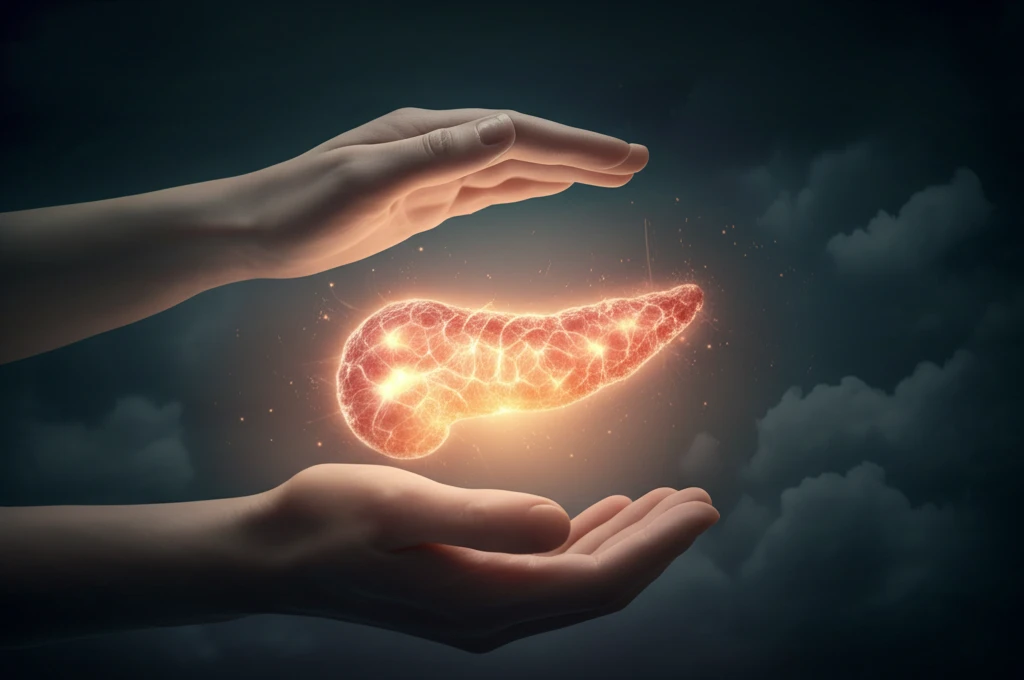
Pediatric Pancreatitis: Spotting the Signs, Understanding the Causes, and What It Means for Your Child's Health
"A 20-year study in Saudi Arabia sheds light on the rising cases of acute pancreatitis in children, uncovering key factors and offering guidance for parents and caregivers."
Pancreatitis, an inflammation of the pancreas, occurs when digestive enzymes start attacking the organ itself. In children, this condition can manifest suddenly as acute pancreatitis (AP), characterized by inflammation and potential structural changes. Unlike chronic pancreatitis, which leads to irreversible damage, AP is often reversible if detected and managed promptly.
Diagnosing acute pancreatitis in children requires careful evaluation. According to the International Study Group of Pediatric Pancreatitis: In Search for a Cure (INSPPIRE), a diagnosis is confirmed when a child presents with at least two of the following criteria: abdominal pain, elevated amylase or lipase levels (three times the normal limit), and radiological findings indicative of pancreatitis.
While relatively rare, the incidence of pediatric AP has been increasing worldwide. To better understand this trend, a 20-year retrospective study was conducted in Saudi Arabia, aiming to identify the causes, clinical characteristics, and outcomes of AP among Saudi children. This article breaks down the study's findings, offering insights for parents and caregivers.
Unveiling the Culprits: What Causes Pancreatitis in Children?

The Saudi Arabian study, which reviewed cases from 1994 to 2015, included 50 patients under the age of 19 diagnosed with primary acute pancreatitis. The research revealed several key factors contributing to the condition:
- Medication-Induced Pancreatitis: Two cases (4%) were linked to drug use. One patient was taking isoniazid, a medication used to treat tuberculosis, while the other had ingested large amounts of erythromycin, amoxicillin, and ibuprofen.
- Choledochal Cysts: These congenital abnormalities of the bile ducts were identified as a cause in 4% of cases.
- Pancreaticobiliary Diseases: Congenital and non-congenital conditions affecting the pancreas and bile ducts accounted for a significant 34% of cases.
The Takeaway: Proactive Steps for Parents
While pediatric pancreatitis remains relatively uncommon, this study underscores the importance of awareness and early detection. By understanding the potential causes, recognizing the symptoms, and seeking timely medical attention, parents and caregivers can play a crucial role in protecting their child's health. Remember, early diagnosis and appropriate management are key to ensuring the best possible outcome.
